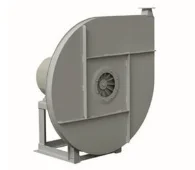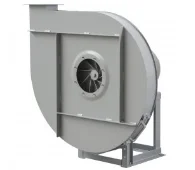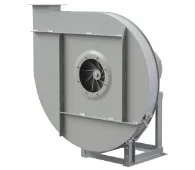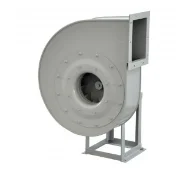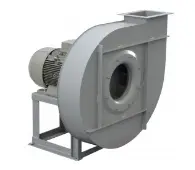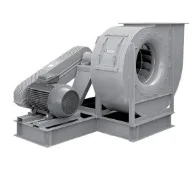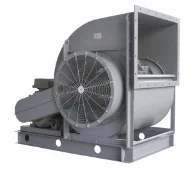Textile
How Ferrari Industrial Fans Are Used in Textile Applications
We are a leading manufacturer of reliable and premium quality high-pressure fans for traditional textile manufacturing – one of the world’s oldest and most varied industries.
Applications range from pneumatic transportation and chemical industries to silos, metallurgic industries and combustion.
Our extensive range of textile industrial fans are suitable for the supply and/or exhaust of air within small air volume areas with high pressure.
Ferrari units are fitted with direct, or belt driven electrical motors, with a fixed rotation speed. All mechanical parts and elements are also assembled to help avoid any vibration.
Typical Textile Applications
Spinning
Spinning is the main process of the textile manufacturing industry in which the fibres are spun into yarns and then woven into fabrics across the finishing processes such as bleaching to turn into textiles.
The textiles are then fabricated into clothes or other products.
Ferrari’s VCM Centrifugal Direct Driven Fan, a high-pressure fan, is designed for use in the spinning process.
Blowing & carding
Carding is the process of producing a thin sheet of uniform thickness that is compressed to shape a dense continuous untwisted strand called silver. It is followed by compounding: a process that eliminates short fibres, wholly letting a silver made-up of long fibres, all laid parallel and smoother and more lustrous than uncombed types.
The carded and combed sliver is then spun. The Radial Impeller Ferrari textile industrial carding fans are used throughout the carding process.
Chemical fibre process
The chemical fibre process is required to transform the textile fibres into varying types of yarn including nonwoven, woven, knitted, technical textile, and special finishing effects.
The processes of chemical textile manufacturing include sizing, de-sizing, scouring, bleaching, mercerization, dyeing, printing, and special chemical finishing.
Drying
Drying is mandatory to remove or reduce the water content of the fibres, yarns, and fabrics after the wet process. This process requires high temperature textile drying fans – also known as hot blower or dryer blower. The Conveyor Drying and Drum Drying systems are typically used to supply the hot air to the fabrics.
The drum drying system has two types: conventional and suction drum drying systems for the perforated surface to allow hot air to flow in and out, depending on the system. Both systems use pressurised steam conveying fans.
The conventional drum drying system is used to lower air velocity to avoid overstretching.
Suction drum drying system uses high air velocity without causing stretching damage to the fabric.
Finishing
Finishing is the processes of washing, bleaching, dyeing and coating, as applied to condense textiles or garments.
The steps taken are weaving and/or production of synthetic materials. These are energy-intensive and require large amounts of water consumption that are typically released as flowing out.
Check out our other industrial applications.
